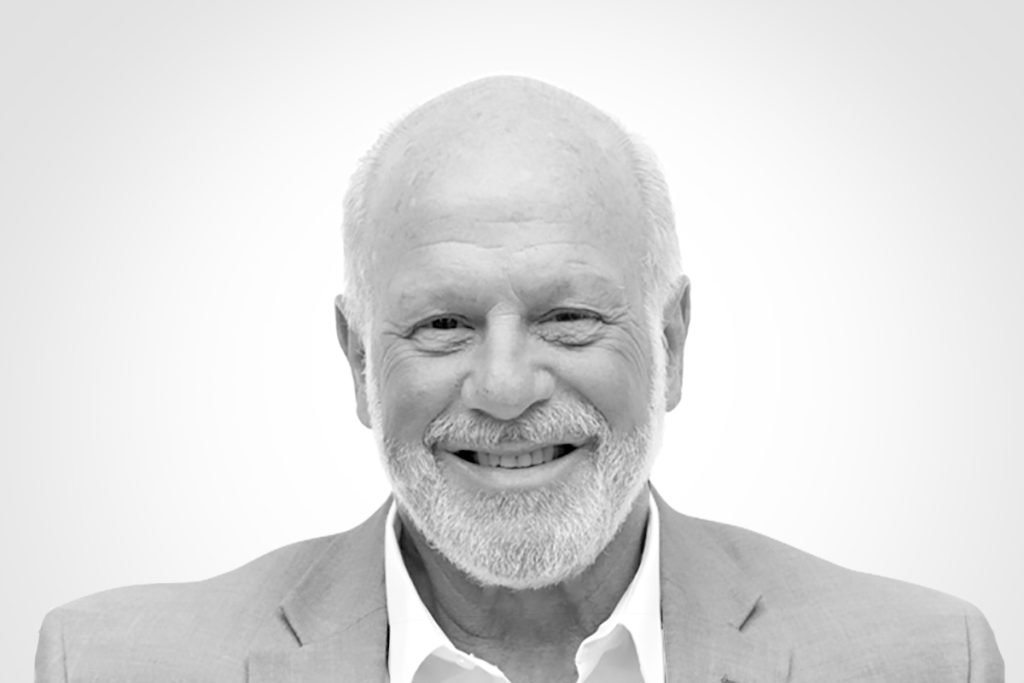[ad_1]
Lisa Wirth has an insightful take on the nation’s housing market, as kitchen/bath designers, remodelers and others continue to grapple with the impact of COVID-related societal trends on residential architecture and design.
Echoing the view of other experts, Wirth, head of Design + Trade for home renovation software supplier BEAM, contends that the global pandemic, even as it wanes, has indelibly altered how Americans view both home and work – resulting in what has evolved into a “Before” (pre-COVID) and an “After” market for residential design.
Wirth, who shared her perspectives during the 2022 Kitchen & Bath Industry Show, maintains that COVID-related stay-at-home mandates represented nothing less than a “crash course” for homeowners with respect to the ways that timely and intelligent design can make a difference in the comfort and quality of daily life.
But what seemed at first to be merely a temporary reality, Wirth contends, has morphed into a permanent demand for multi-functional spaces that address an entire new set of long-term needs. Traditional residential architecture, Wirth suggests, has in many ways rapidly become outdated. Clients who may have been ambivalent about their home prior to COVID have now become motivated, opinionated, equity rich – and ready to spend.
Wirth’s perspectives, it has become apparent, reflect an important new reality for the kitchen and bath
design trade.
Clearly, today’s homes, in contrast to those of the past, must support far more than simply living and entertaining; working, schooling, exercising and virtual socializing have also become essential needs. Home sizes are palpably on the rise, given the demand for more space. Kitchens and baths continue to be prime targets for remodeling. Guest rooms, attics, basements and other largely unused spaces are being reexamined and repurposed. Millennials continue to flood the market with a mindset toward sustainability, wellness and smart-home features. And with experts predicting the emergence of a permanent “three-tier workforce” – in which only about half of workers return to their office full-time while the balance maintain either hybrid or fully remote schedules – increasing numbers of homeowners are moving from temporary setups to permanent, dedicated at-home workspaces.
All of this, it’s obvious, has created exciting new opportunities for kitchen and bath design professionals.
For example, Wirth points to what demographers call “the donut effect,” a population shift in which urban dwellers are increasingly relocating to low-density, lower-cost areas and creating new, high-growth remodeling markets outside major cities. Designers, she says, will also be able to expand both their outreach and their potential revenue, as growing numbers embrace the WFA (Work from Anywhere) movement.
But that’s only the tip of the iceberg when it comes to potential new opportunities in today’s rapidly evolving “After” market.
Homeowners, it seems likely, will increasingly be seeking expert guidance about the novel new ways that creative, functional design and out-of-the-box thinking can aid them in achieving a purposeful and healthful work/life balance consistent with the “new normal.”
Design professionals will be called upon to supply an array of solutions that address such work-at-home considerations as acoustics and privacy, seating and ergonomics, color and lighting, ventilation and storage. Healthy living spaces that connect homeowners to the outdoors will be more in demand than ever. The need for technology such as docking stations, video-calling hubs, power totems and integrated displays/screens will need to be addressed. Entirely new features such as in-home coffee bars, lounges and breakaway lunchtime areas will help clients maintain emotional balance and a sense of wellness as they work from home.
Even in the face of supply chain delays and other challenges, it’s an especially exciting time for kitchen and bath design pros, as they’re increasingly called upon to create multi-functional living spaces that support the gamut of permanent new lifestyles. ▪
[ad_2]
Source link
